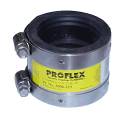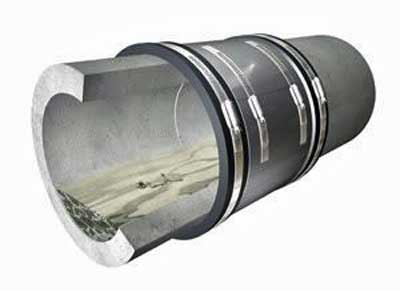altadata
New Member
- Messages
- 16
- Reaction score
- 0
- Points
- 0
Hi
I have 2 problems similar in nature.
1) I need to install a Y fitting in a already existing 3 inch vertical pipe that runs from the basement floor up into the first floor.
If I cut this pipe, how can I insert the Y fitting, since I cannot move the upper part or lower part of the pipe?
2) I need to install a Y fitting into an already existing 3 inch horizontal pipe underneath the basement floor. If I cut this pipe, ow can I insert the Y fitting into the pipe, since I cannot move the left and right parts of the pipe?
Forgot to mention - all are plastic pipes.
Thanks.
I have 2 problems similar in nature.
1) I need to install a Y fitting in a already existing 3 inch vertical pipe that runs from the basement floor up into the first floor.
If I cut this pipe, how can I insert the Y fitting, since I cannot move the upper part or lower part of the pipe?
2) I need to install a Y fitting into an already existing 3 inch horizontal pipe underneath the basement floor. If I cut this pipe, ow can I insert the Y fitting into the pipe, since I cannot move the left and right parts of the pipe?
Forgot to mention - all are plastic pipes.
Thanks.




